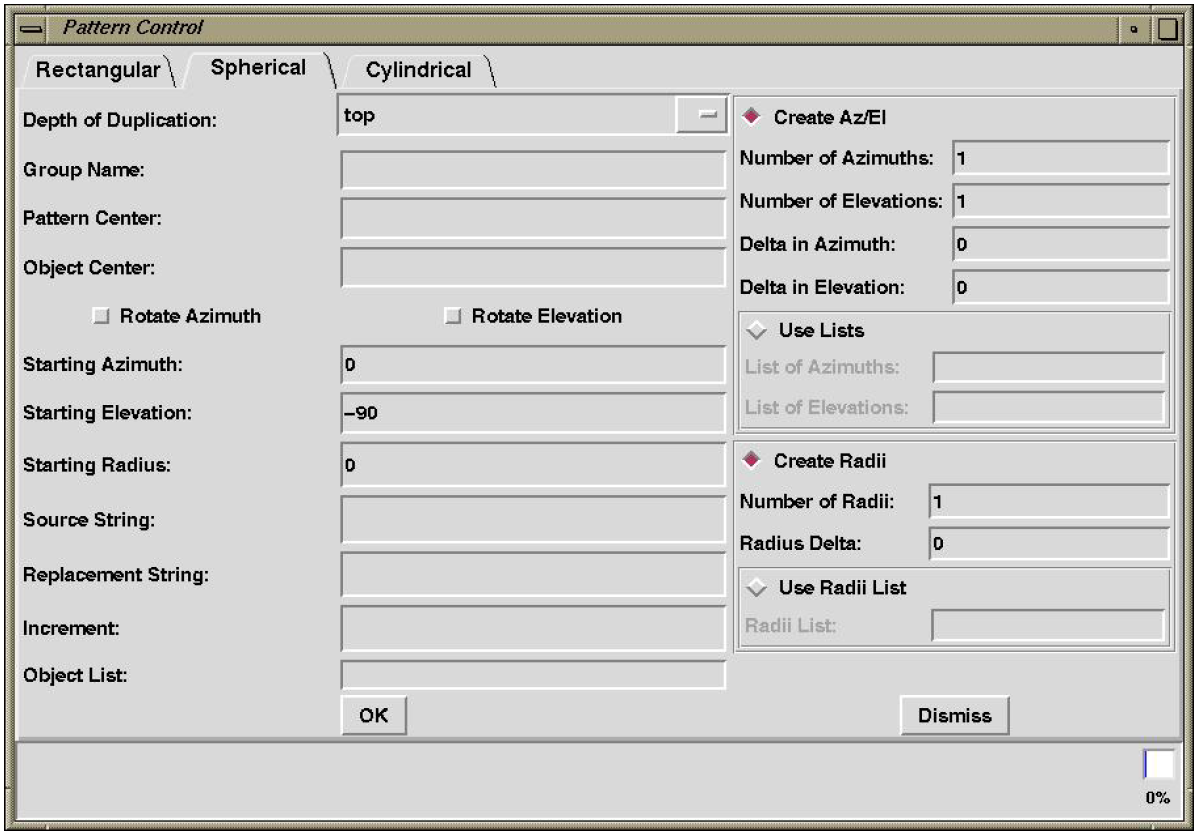
Unlike other documents, lessons focus on step-by-step teaching. Lessons are documents that are used to train a user to master a particular aspect of BRL-CAD. However, it does not address user-level programs or commands.

Brl cad commands code#
Specially formatted source code comments in the headers are converted to HTML documentation by Doxygen (), a tool for generating source code documentation.ĪPI documentation is the lowest level, most authoritative documentation of BRL-CAD's programming interfaces. API documentation, on the other hand, is automatically generated from the headers in the application's source code. Most of the project's documentation is maintained in the BRL-CAD source code repository as DocBook files (see the chapter Working with Our Documentation for more information about DocBook). Man pages may reference other man pages, but they are intended to be the primary source of documentation for a specific tool and should be written with a very tight focus. Man pages are command-specific or program-specific documentation which thoroughly document and demonstrate the use of that command or program. The wiki is not currently integrated with any of the other documentation systems in BRL-CAD, although this remains one of BRL-CAD's project goals. The easiest way to contribute as a documenter is through BRL-CAD's wiki (a website that users can edit) at. This chapter briefly introduces the types of documentation that the BRL-CAD project maintains, as well as the purpose of each document. If anyone is looking for a parametric CAD optimization rabbit hole to go down, please geek on on SolveSpace! I'm sure others would appreciate it.BRL-CAD provides developers, users, and others with a range of documentation covering the basics of the software, its usage, and development APIs. I love using it for quick engineering project mockups. It's really too bad, because putting something like that together is otherwise super fast and easy in SolveSpace. It quickly degenerated into half-hour redraws and I gave up finishing the assembly. I modeled the channel details of Coroplast w/a large step+repeat between two layers, then linked that sheet into an assembly twice in the two transverse orientations, those were then each step+repeated with a 1-sheet gap to accommodate one another to form the entire stack. The most recent thing was modeling a heat exchanger made of transversely stacked Coroplast sheets. Here's some context on the kind of SolveSpace limitations I've encountered. I hope SolveSpace can get more attention to improve the performance problems, because I often find myself making models too complicated for it to handle before it gets bogged down then I end up halting progress on the project adding another "profile solvespace and optimize whatever is preventing further progress here" entry to my endless TODO list. Otherwise, its UI is minimal and stays out of the way for the most part, the way it encourages components residing in separate files then be linked into assemblies is very intuitive for a programmer like me, and it's proven to be quite stable. It's pretty great except it becomes unusably slow once models get complicated with lots of instancing through step+repeat operations.

My goto for doing CAD stuff on Linux is currently SolveSpace. I tried FreeCAD over a year ago and it was so crashy it was useless.


 0 kommentar(er)
0 kommentar(er)
